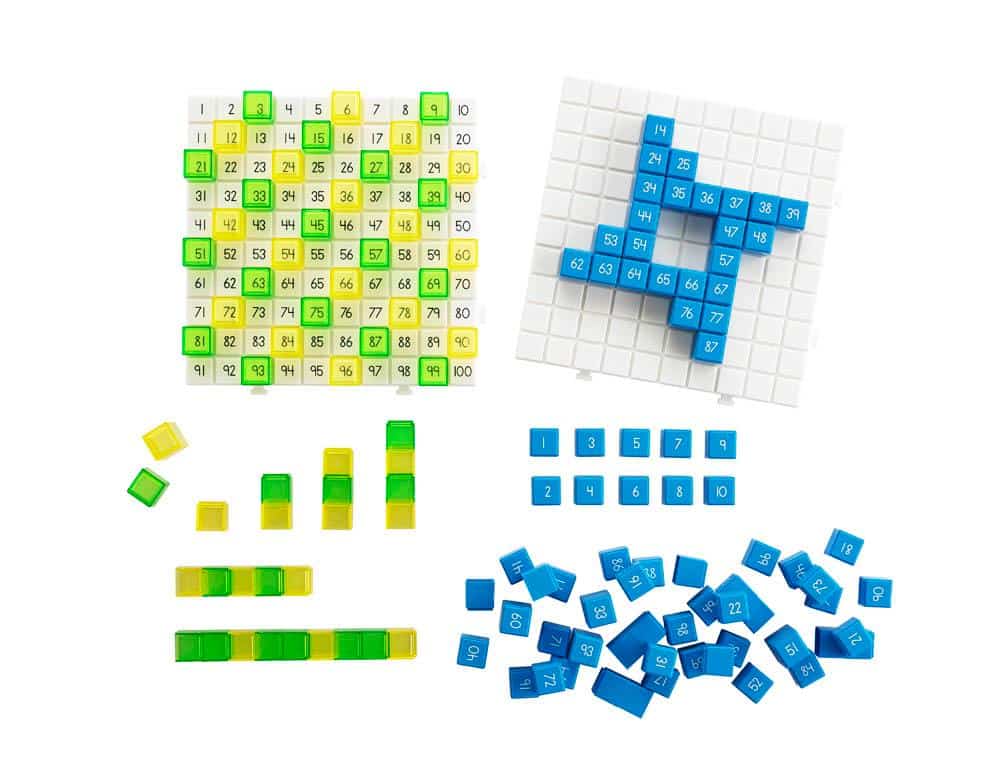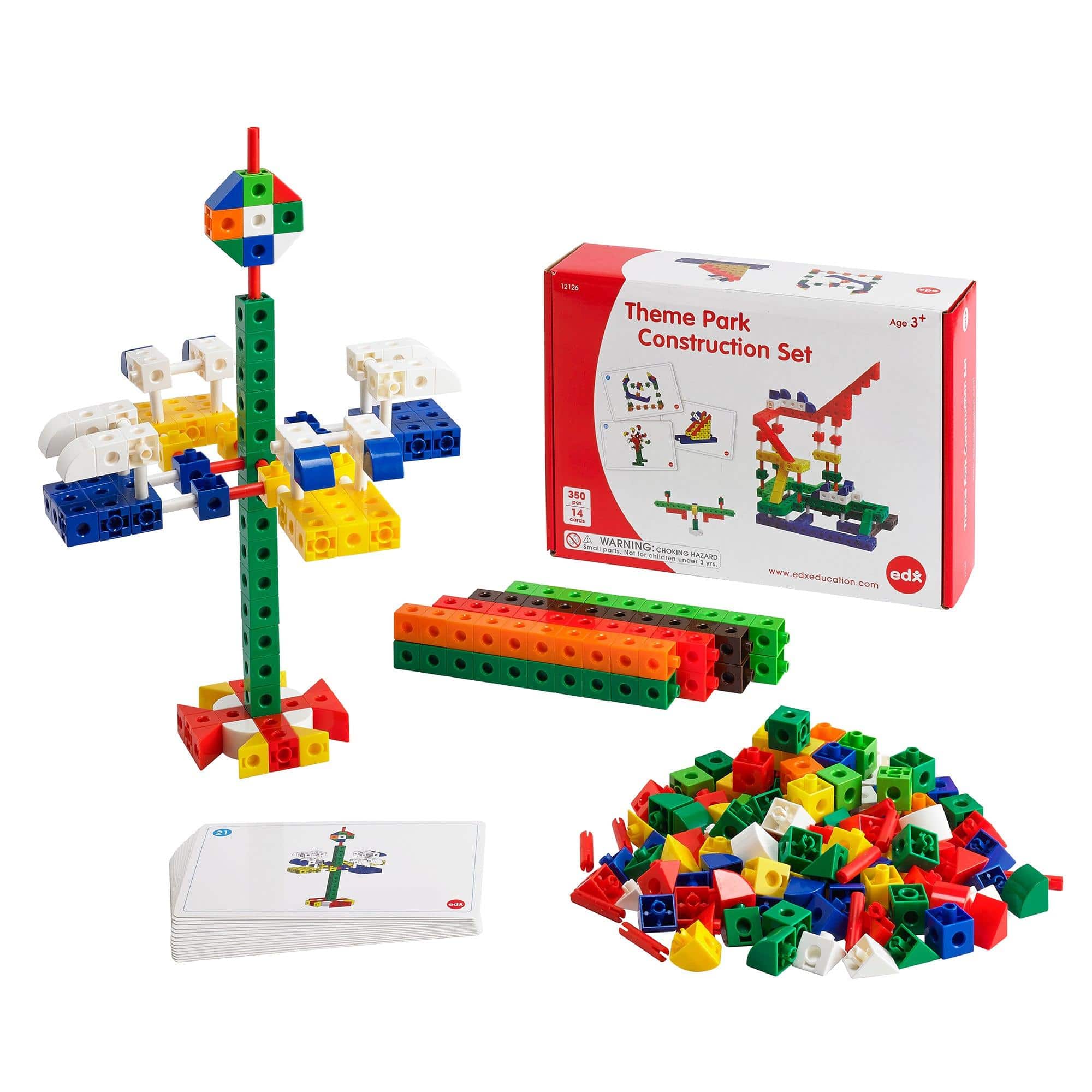The Evolution and Impact of Toy Advertising Strategies
Toy advertising has come a long way since its inception, constantly evolving to meet the demands of an ever-changing market. Over the years, brands have employed various strategies to captivate young minds and drive sales. From traditional print ads to captivating commercials and now, influential digital campaigns, toy advertising has become a powerful force shaping the industry and leaving a lasting impact on children and parents alike.
The Evolution of Toy Advertising Strategies
Toy advertising strategies have evolved significantly with advancements in technology and changes in consumer behavior. Here’s a look at how these strategies have transformed over the years:
- Print Advertising: In the early days, toy brands heavily relied on print media such as newspapers, magazines, and catalogs to showcase their products. Colorful images and catchy headlines were used to grab attention and create a desire to own the toy.
- Television Commercials: The advent of television revolutionized toy advertising. Brands began creating captivating commercials that aired during children’s programming, effectively reaching their target audience. Memorable jingles and engaging narratives became key elements of successful toy commercials.
- Retail Store Experience: Toy stores started offering interactive experiences where children could test out toys before making a purchase. This allowed brands to showcase the features and benefits of their products in a hands-on manner, creating excitement and driving sales.
- Product Placement: As movies and TV shows gained popularity, toy brands recognized the potential of placing their products within these visual mediums. This strategy aligned their toys with beloved characters, creating a strong connection between entertainment and playtime.
- Online and Digital Advertising: With the rise of the internet, toy brands could now reach a wider audience through online advertisements. Display ads, social media campaigns, and influencer partnerships became essential in engaging tech-savvy kids and their parents. Interactive websites and mobile apps also provided immersive experiences for children, further enhancing brand awareness and product consideration.
The Impact of Toy Advertising Strategies
Toy advertising has a significant impact on both children and parents. These strategies shape consumer behavior, influence purchasing decisions, and contribute to the overall development of children. Here are some key impacts of toy advertising strategies:
- Desire and Aspiration: Effective toy advertising creates a desire within children to own specific toys. Brands carefully craft narratives that make their products appear fun, exciting, and desirable. This aspiration for certain toys drives sales and shapes popular culture.
- Socialization: Toys often serve as a means for children to engage with their peers. Toy advertising plays a significant role in shaping trends and social norms among children, as they become interested in toys featured in advertisements and desire to be part of the cultural conversation surrounding those toys.
- Educational Value: Toy advertising has also embraced the educational aspect of play. Many advertisements highlight the learning benefits of toys, showcasing how they can enhance cognitive skills, promote creativity, and assist in overall child development. This emphasis on education appeals to parents who prioritize the educational value of toys.
- Parent-Child Relationships: Toy advertising often influences the parent-child dynamic. Parents may be prompted to purchase toys their children desire, leading to shared playtime experiences and bonding opportunities. Additionally, ads that promote family interaction through group play encourage parents to engage with their children in meaningful ways.
- Brand Loyalty: Successful toy advertising strategies build brand loyalty from an early age. Children who form positive associations with a specific toy brand through effective advertising are more likely to remain loyal consumers as they grow older, influencing future purchasing decisions.
Features of Effective Toy Advertising Strategies
To craft successful toy advertising campaigns, brands must consider certain features that capture the attention of their target market. Here are some key elements of effective toy advertising strategies:
- Compelling Visuals: Eye-catching visuals are crucial in toy advertising. Colorful and vibrant images help toys stand out, creating an immediate impact and attracting attention.
- Storytelling: Engaging narratives that resonate with the target audience can leave a lasting impression. Stories allow children to connect emotionally with the advertised toys, evoking curiosity and desire.
- Emphasizing Play Value: A focus on the play value of toys enhances their appeal. Advertising should emphasize how the toy can provide hours of entertainment and engage children in imaginative play.
- Strong Branding: Consistent branding across all advertising channels helps establish recognition and brand loyalty. Memorable logos, taglines, and visual elements reinforce the brand identity and create a sense of trust.
- Influencer Partnerships: Collaborating with popular influencers or child-friendly celebrities can amplify the reach and impact of toy advertising campaigns. Influencers can authentically convey the benefits and features of toys through their own experiences, resonating with young audiences.
- Age-Appropriate Marketing: Toy advertising should be tailored to the appropriate age range, considering the cognitive abilities and interests of the target audience. Age-appropriate messaging ensures that children can connect with the advertisement and understand the benefits of the toy.
In conclusion, toy advertising strategies have evolved significantly, adapting to changing technological advancements, consumer behaviors, and market demands. From traditional print ads to immersive digital experiences, toy advertising has a profound impact on children and parents alike. These strategies shape consumer preferences, influence purchasing decisions, and contribute to the overall development of children. Understanding the evolution and impact of toy advertising strategies is crucial for both toy brands and consumers, as it sheds light on the power of marketing in shaping the way we play, learn, and grow.



